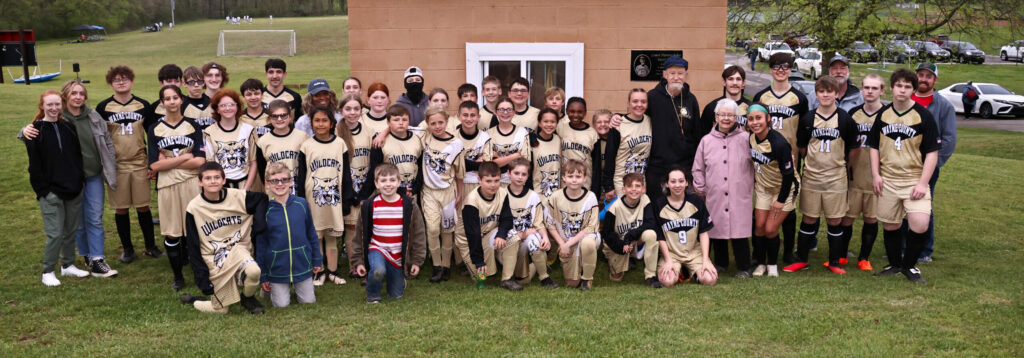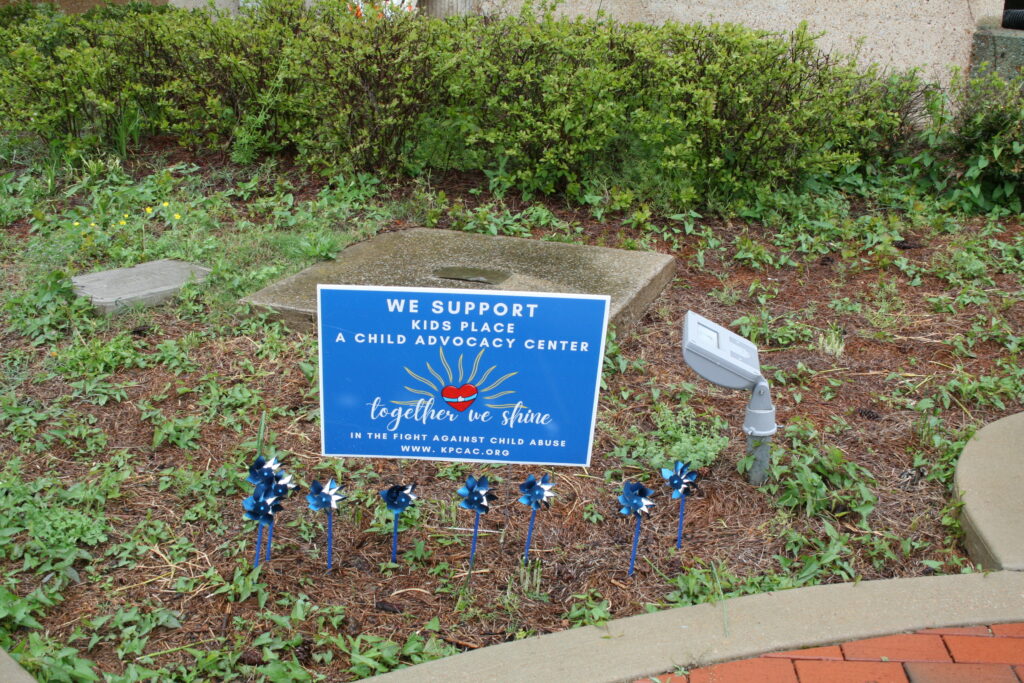Have you ever seen tiny “toothpicks” sticking out of young trees? If so, these are likely the work of the Granulate Ambrosia Beetle. These “toothpicks” are columns of compacted boring dust that are forced out of the beetle’s 1 millimeter diameter holes. The Granulate Ambrosia Beetles are extremely small (1.5-3.0 millimeters in length—that’s about the size of the year on a penny!) and are one of the most damaging insect pests on young trees. “Adult female beetles bore into small branches and trunks of trees, excavate tunnels, lay eggs and produce a brood. During this process, the female beetles also introduce an ambrosia fungus on which both adults and larvae feed” (UT Extension Publication W289-P). The fungi these beetles produce while colonizing the tree is the real issue. Once you see the toothpick tubes or what appears to be sawdust at the base of the tree, the tree has already been inoculated with the ambrosia fungus.
Infestation symptoms include wilting, branch dieback, and reduced growth. Young infected trees most often die, however, established trees can sometimes recover if treated. Per UT’s Publication on the Ambrosia Beetle, evidence shows the beetles prefer stressed trees. It’s important to note that many young trees not irrigated last August through October could have been damaged by the flash drought and may not yet be showing symptoms of stress due to being in their dormant state. These plants are particularly susceptible to granulate ambrosia beetle attack. Be sure to your plants that have the highest chance of being stressed.
The beetle’s preferred host species include: Bradford Pear, Callery pear, Chinese elm, Crape myrtle, Dogwood, Fig, Goldenraintree, Magnolia, Maple, Oak, Ornamental cherry, Peach, Persimmon, Plum, Redbud, Silverbell (Halesia), Snowbell (styrax), Sweet Gum, Tulip Poplar, and many more.
According to Dr. Hale at UT’s Soil, Plant, & Pest Center, reports have indicated that an ambrosia beetle was found in a trap on 3/18/20 in McMinnville, TN. Their activity should increase as temperatures increase. He recommends applying protective insecticide sprays to those trees with the highest chance of being stressed, especially by the flash drought last fall. The chance of a tree surviving is much higher if treatment is made before the plant is attacked, and now is the time to apply preventive pesticide applications to the susceptible plants. According to Dr. Hale, the current recommendation is to use a bifenthrin or permethrin insecticide. These should give 7-10 days of control, so you should be prepared to make repeat applications until conditions are no longer favorable for the beetles. Be sure to follow all guidelines on the pesticide’s label!
*Photos and information credited to Dr. Frank Hale, professor and Extension Specialist.







